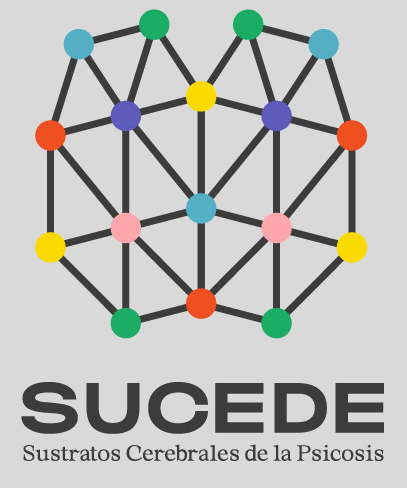ANOMALOUS EXPERIENCES OF THE SELF AND CONSEQUENT DISCHARGE IN SCHIZOPHRENIA. STATUS OF OUR PROJECT BY ROSA BEÑO (PHD CANDIDATE).
Corollary discharge (CD) has been studied in several sensory-perceptual phenomena. This is a mechanism used to distinguish self-generated perceptions from those coming from external sources, allowing us to label the sensations that come from acts generated by ourselves and thus prioritizing the processing of sensations generated by external stimuli. To make this distinction correctly, a copy of the motor acts is sent to sensory regions, predicting the sensory consequences that this motor act will generate, and when this prediction is compared with the consequences that actually occur, there is a suppression of sensory processing.
In our project, we focus especially on the CD that occurs during the production and perception of speech itself. CD generated during vocalization is studied by analyzing EEG recorded N1 evoked potential. The N1 component is generated in Heschl’s area in the primary auditory cortex and shows the level of cortical activity in response to self-generated speech and speech from external sources. This can be visualized as the maximum negative peak about 100 milliseconds after stimulus presentation. The N1 component appears followed by the P2 component, as the maximum positive peak between N1 and 300 milliseconds. In healthy individuals, during speech vocalization, N1 and P2 are inhibited compared to passive stimulus listening, which has been inferred to be an effect of DC. Alterations in this mechanism have been found in people with some psychosis spectrum disorder and in first-degree relatives, with these DC failures being associated with typical symptoms such as auditory hallucinations.
Our participants performed three tasks: listening to another person’s voice (Listen Other), listening to one’s own voice while the person is speaking (Self-Talk), and listening to one’s own recorded voice afterwards (Listen Self). Preliminary results, including a sample of 15 healthy controls and 24 patients, show that in people with schizophrenia neither N1 nor P2 reduction is observed during self-generated speech as it does in healthy controls. On the other hand, we assessed positive and negative symptoms with the Positive and Negative Syndrome Scale (PANNS) and anomalous self experiences with the Inventory of Psychotic-Like Anomalous Self-Experiences (IPASE), which includes the following dimensions: Cognition, Self-awareness and presence, Conscientiousness, Somatization, and Demarcation/transitivism. We found that a lower inhibition of the N1 component during Self-Talk condtion correlates with higher positive symptoms. Correlations with negative symptoms and with the factors assessed by the IPASE are not significant, although some trends are observed especially in the Cognition factor. We will continue to increase the sample of participants to further analyze these correlations.



